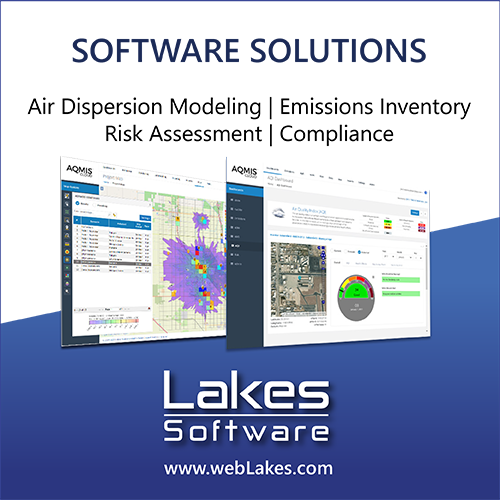Monitoring the contribution of desert dust intrusion to PM10 concentration in Northern Cyprus
DOI:
https://doi.org/10.17159/2410-972X/2017/v27n2a8Keywords:
PM10, Dust, HYSPLIT, Aerosol Optical Depth, Northern CyprusAbstract
Air quality in the Mediterranean basin has been affected by PM10 pollution induced by transported desert dust and local emission. The study used PM10 data from Nicosia, Kyrenia, Guzelyurt and Famagusta urban representatives, Kalecik rural background and Alevkayasi regional background. HYSPLIT model and satellite data were used to identify dust days and dust input was quantified using the method suggested by the European Commission. Anthropogenic background contribution of each site was then estimated by subtracting the regional background concentrations. A total of 35 dust days occurred on Cyprus island within the 3-years period; mostly during winter and spring. Daily PM10 concentration on dust days can reach up to 400 μg/m3. After removing dust background, annual PM10 concentrations were 48-58 μg/m3 in Nicosia, 42-47 μg/m3 in Famagusta, 40-50 μg/m3 in Kyrenia, 33-41 μg/m3 in Guzelyurt, 21-28 μg/ m3 in Alevkayasi, and 32-38 μg/m3 in Kalecik. PM10 concentrations were higher during winters in the urban sites. Despite the high frequency of dust events, only a fraction of exceedances of the standard limit in the urban sites were attributable to dust. Anthropogenic background sources contributions were 12.3 μg/m3 in Guzelyurt, 18 μg/m3 in Kyrenia, 18.4 μg/m3 in Famagusta, 27.8 μg/m3 in Nicosia and 9.7 μg/m3 in Kalecik. Effects of other natural sources that the study did not assess, such as sea salt and local soil resuspension,
could be the reason for exceedances
Downloads
Downloads
Published
Issue
Section
License

All articles are published under a Creative Commons Attribution 4.0 International License; copyright is retained by the authors. Readers are welcome to reproduce, share and adapt the content without permission provided the source is attributed.








.png)